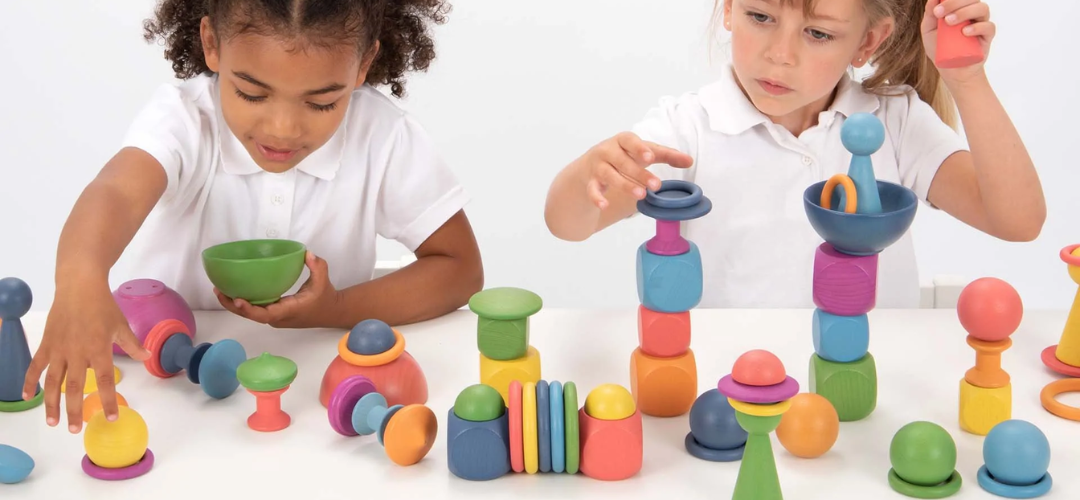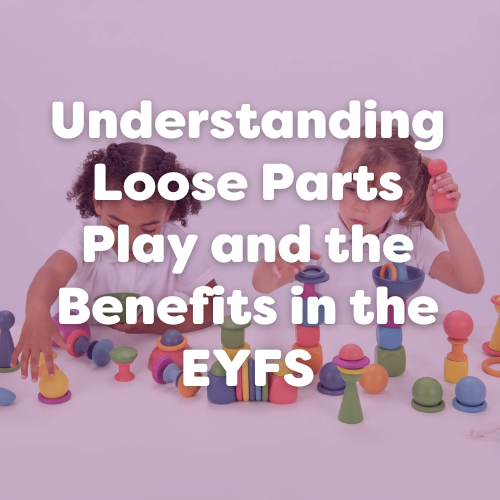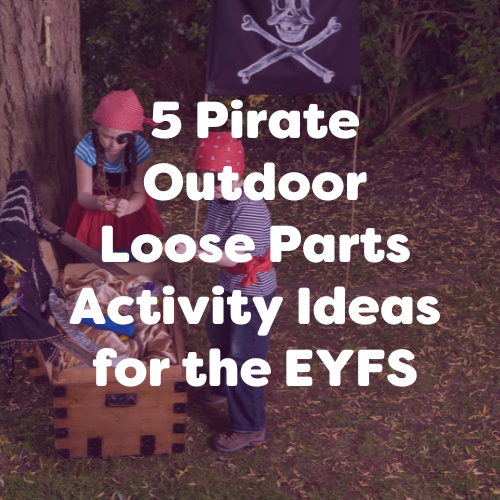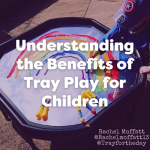This article has been written by early years consultant, Anne Rodgers, from ATR Consultancy. Anne has 36 years’ experience of working in the childcare and education sector – including training practitioners, managing numerous settings over the years and writing articles for Early Years Educator and the CACHE Alumni website.
What is Loose Parts Play?
Loose parts play is about having a variety of ‘loose parts’. In other words, materials which can be moved around, carried, stacked, lined up and manoeuvred in multiple ways to enhance creativity when playing. First proposed by architect Simon Nicholson during the 1970s, more and more settings are adopting the idea that children can design their environment by themselves through loose parts play and that it can be re-designed at will. Children should be allowed the freedom to move the equipment around to suit their play needs. They should also be able to incorporate other media such as sand, water and mud to explore scientific ideas and create freely.
Items such as crates, wooden logs, pallets, tyres, bricks etc. can be stored outside and made available to the children to create with and engage in outdoor loose parts play. Adults can start off by designing an area and then leave children to explore for themselves. Storage for the loose parts is important for seasonal weather changes and ensure they are useable time and time again. Regularly replenishing with new items will enhance longevity of play and add to what is already there. Additionally, this will stimulate and engage children in play, support creativity and allow children to develop their own ideas.

How Loose Parts Play can Support the EYFS
- Personal, Social and Emotional Development: Children get to choose the way in which they construct and use the loose parts. This supports independence and collaboration with others
- Communication and Language: Children can discuss ideas, listen to others and express size, shape, colours and learn new words
- Physical Development: Using materials and promoting large and small motor skills
- Literacy: Work on books and stories they have heard in order to promote play
- Mathematics: Size, capacity, classifying, sorting and grading, designing and building
- Understanding The World: Learning about properties of materials and where they come from, recycling and sustainability
- Expressive Art and Design: Creating freely, experimenting and using imaginations





